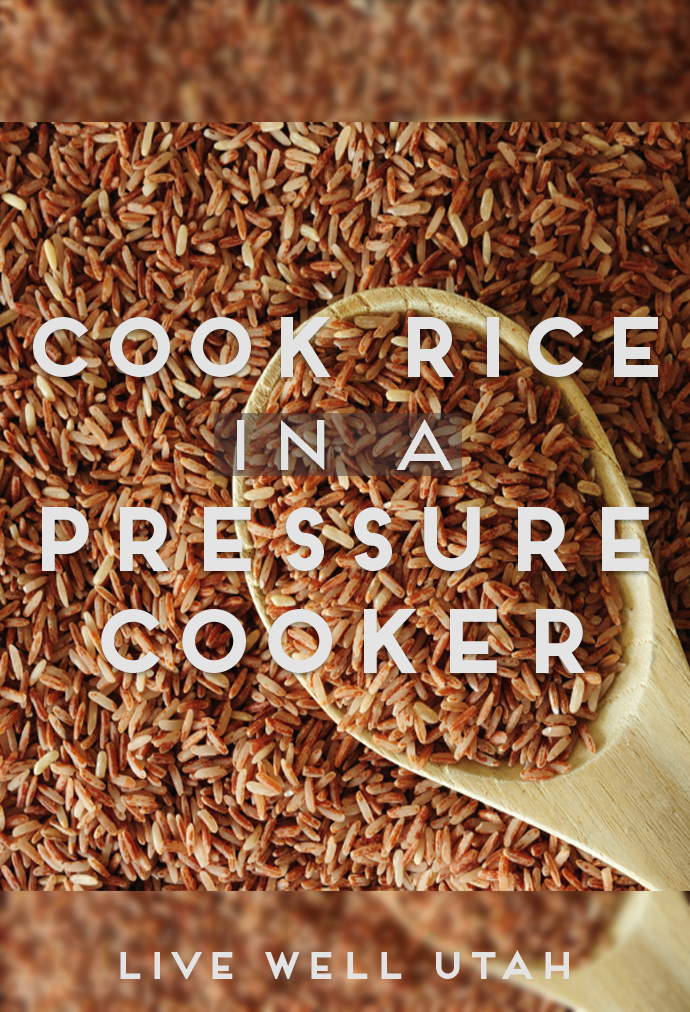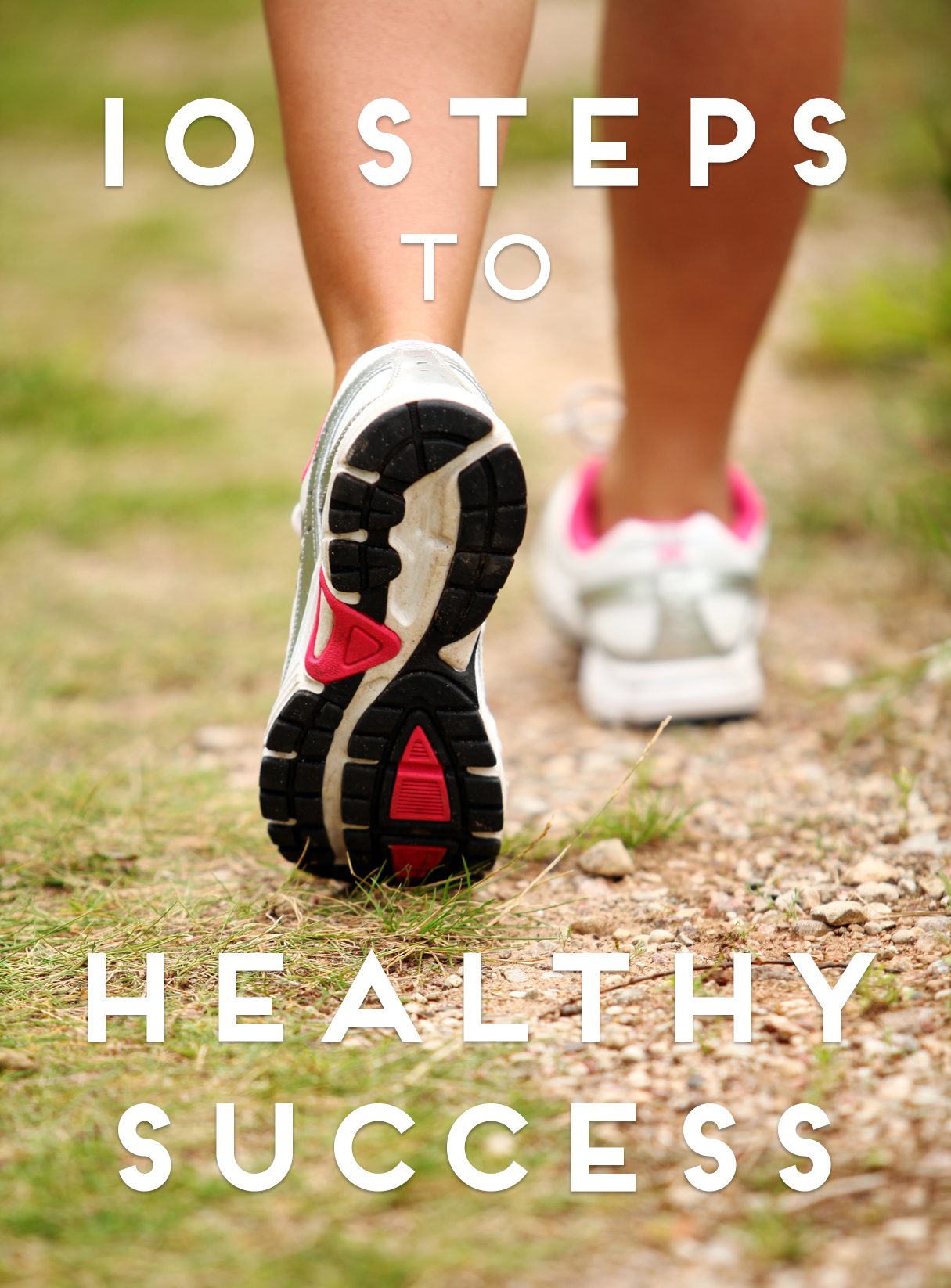
Grandma always knew that “roughage” was good for you. She told us to eat our apple skins and lots of vegetables. Grandma was right. Research is proving that fiber is extremely important for good health. Fiber is the indigestible part of a plant. It is not absorbed into your body. Fiber is found in vegetables, fruits, whole grains, legumes, beans and nuts. Fiber keeps your intestines working and helps prevent many diseases (Mayo Staff, 2012).
Two kinds of fiber — soluble and insoluble:
Soluble Fiber
Soluble fiber tends to be inside foods, such as the flesh of apples and the grain of rice or wheat. In your stomach, soluble fiber binds and dissolves with liquids to form a gel that makes you feel full as it slows digestion, letting your body absorb more nutrients from the rest of your food. Soluble fiber can prevent cholesterol buildup and slows down the absorption of sugar into your blood stream, being a plus for diabetics (Mayo Staff, 2012).
Insoluble Fiber
Insoluble fiber is the bulk as it absorbs liquid in the stomach; this pushes waste down and out of your system. Insoluble fiber is usually found in the skins and outer parts of foods. It may be more tough or chewy. This bulk helps clean out your systems and passes foods through your digestive system. Both types of fiber are beneficial to your health (Mayo Staff, 2012).
The old saying “an apple a day keeps the doctor away” has research proving the truth in this proverbial statement. Research presented by the American Heart Association, the Mayo Clinic and Journal of Stroke Prevention cites the value of increased fiber in our diets. (Threapleton, Greenwood, & Evans, 2013). One apple a day can increase your daily intake by 5-7 grams of fiber.
Most American’s only eat about 10-15 grams of fiber a day. Most people should eat somewhere between 20 and 40 grams of dietary fiber per day. The National Academy of Sciences’ Institute of Medicine recommends that men consume 38 grams and women 25 grams. After the age of 50, men only need 30 grams and women 21 grams (NASIM, 2002).
Your best choices for fiber should include whole grain foods, vegetables, fruits, beans and nuts. Start with a breakfast of whole grain cereal, lunch with plenty of vegetables, and enjoy an apple or fruit for a snack. Fiber helps you feel “full” and can help decrease the amount of carbohydrates you choose.
If you are not used to eating a lot of fiber, increase the amounts gradually. Allow your body a few weeks to get used to a “fiber” change.
References
Mayo Staff, (2012). Dietary fiber: Essential for a healthy diet. Retrieved from: http://www.mayoclinic.com/health/fiber/NU00033
(NASIM) The National Academy of Sciences’ Institute of Medicine, (2002). Dietary Reference Intakes for Energy, Carbohydrate, Fiber, Fat, Fatty Acids, Cholesterol, Protein, and Amino Acids. Retrieved from: http://www.iom.edu/reports/2002/dietary-reference-intakes-for-energy-carbohydrate-fiber-fat-fatty-acids-cholesterol-protein-and-amino-acids.aspx
Threapleton, D., Greenwood, D., & Evans, C., (2013). American Heart Association Journal of Medicine. Dietary fiber intake and risk of first stroke: A systematic review and meta-analysis; and stroke. Retrieved from: http://stroke.ahajournals.org/search?fulltext=Fiber&submit=yes&x=0&y=0
This article was written by Leah Calder, a USU Extension Marketing Assistant. It was taken from an earlier article written by Carolyn Washburn, Extension Professor
 Carolyn Washburn is a family consumer sciences agent for Utah State University Extension. Her responsibilities include financial management education, food safety and nutrition, healthy family relations, emergency preparedness and working with youth. Her goal is to help individuals and families become self-sustaining and resilient by being financially prepared and healthy for any emergency. She serves on the National Disaster Education Network and has just completed the new food storage manual for USDA. Her most cherished award is America’s Promise, awarded by Colin Powell.
Carolyn Washburn is a family consumer sciences agent for Utah State University Extension. Her responsibilities include financial management education, food safety and nutrition, healthy family relations, emergency preparedness and working with youth. Her goal is to help individuals and families become self-sustaining and resilient by being financially prepared and healthy for any emergency. She serves on the National Disaster Education Network and has just completed the new food storage manual for USDA. Her most cherished award is America’s Promise, awarded by Colin Powell.












